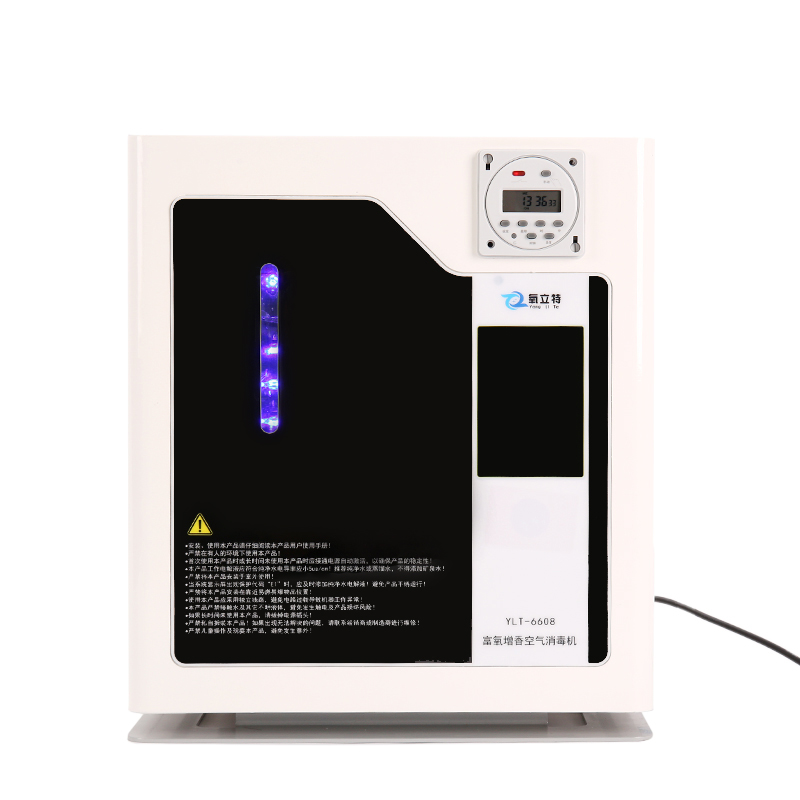To maintain a fresh and odor-free refrigerator, it is crucial to adopt good usage habits and follow proper storage practices. Here are some common deodorization methods for refrigerator users:
Store food correctly:
- Prioritize screening and processing of fruit and vegetable food before storage. Some vegetables may not be suitable for refrigerator storage, such as small rapeseed. Others, like carrots, should be cleaned before being stored.
- Clean and cut meat food before storing it in the refrigerator to minimize odors. Meat products often have larger chunks and may contain blood stains or other pollutants, necessitating thorough cleaning.
- Implement partition management of the refrigerator space. To maintain cleanliness, separate different types of food and use designated sections for each. If there are soups or liquids, place them in deep bowls or containers to prevent leakage and cross-contamination.
- Utilize preservation boxes and sealed storage bags. When storing various types of food, use airtight containers or bags to maintain freshness and prevent odor transfer. This practice allows for easy visibility and avoids cross-infection when retrieving specific items.
Refrigerator odor removal method
In addition to adopting good refrigerator usage habits to prevent odors, ozone can be effectively utilized to actively eliminate refrigerator odors. Ozone possesses a robust oxidative decomposition ability, enabling it to swiftly and completely eliminate various odors in the air. Experiments have demonstrated the efficacy of ozone in removing indoor smoke or odors from decorative materials by hanging an ozone exhaust pipe at a height of over 2.0 meters and discharging it for 15 to 20 minutes. This process not only removes odors but also increases the oxygen content in the air, resulting in a refreshing atmosphere. The remarkable sterilization and odor removal properties of ozone have led to the emergence of ozone disinfectors, which find wide-ranging applications in daily production and life.
In recent years, as hygiene, safety, and health have garnered increasing attention in daily life, people have been seeking effective disinfection and sterilization methods suitable for everyday use. Ozone disinfection has emerged as a favorable choice. The issue of refrigerator odors poses a persistent challenge in daily life. Ozone, being a potent disinfectant and oxidant, exhibits a sterilization effect 600 times stronger than ordinary antibiotics and 3000 times stronger than ultraviolet radiation. It serves as a “strong and green” fungicide. By harnessing the sterilizing power of ozone in daily life, refrigerator odors can be eliminated, contributing to improved human health and well-being.
The process of ozone sterilization operates based on three principles. Firstly, it oxidizes the enzymes necessary for glucose decomposition within bacteria, causing their inactivation and subsequent demise. Secondly, ozone directly interacts with bacteria and viruses, disrupting their organelles, DNA, and RNA, leading to their metabolic disruption and death. Thirdly, it invades cells through the cell membrane tissue and acts on the outer membrane lipoproteins and internal lipopolysaccharides, resulting in bacterial permeability distortion, dissolution, and subsequent death. This biochemical oxidation reaction characterizes the process of ozone sterilization, offering a comprehensive approach to eliminating bacteria and ensuring effective disinfection.
A refrigerator is a damp, enclosed, and ventilated environment used for storing various meats, fruits and vegetables, cold chain foods, raw and cooked foods, and more. Despite low temperatures, they do not completely prevent the breeding and reproduction of bacterial viruses. Instead, refrigerators provide a suitable living environment for certain bacterial viruses commonly found in them, such as Listeria, Yersinia, Shigella, Salmonella, and others. These bacterial viruses can easily lead to food spoilage, taste deterioration, and even cause illnesses like vomiting and diarrhea, posing a serious threat to people’s health.
To combat these issues, ozone is an effective and broad-spectrum bacteriolytic agent that specifically targets and kills bacteria and viruses, including Listeria and Shigella. It effectively eliminates thousands of “bacteria” and inhibits the breeding and reproduction of bacterial viruses. Ozone can also undergo chemical reactions with odorous compounds like amines, hydrogen sulfide, methyl mercaptan, dimethyl sulfide, and dimethyl disulfide. For instance, the reaction between ozone and ammonia is represented by the formula 6NH3+4O3=3NH4NO3+3H2O, while the reaction between ozone and hydrogen sulfide is shown as O3+H2S=H2O+SO2. These reactions oxidize and decompose the odorous substances into non-toxic and odorless compounds, effectively eliminating unpleasant odors.
The use of ozone not only sterilizes and disinfects the refrigerator, eliminating odors, but also helps preserve the freshness of fruits and vegetables stored inside. Understanding the effectiveness of ozone makes it clear that removing odors from refrigerators is not a difficult task. By regularly placing an ozone sterilizer in the refrigerator for disinfection, odors can be easily and quickly eliminated. This approach is simple, convenient, scientifically supported, and highly effective. It is essential for everyone to prioritize refrigerator hygiene to ensure that food stays fresh and safe for consumption.




